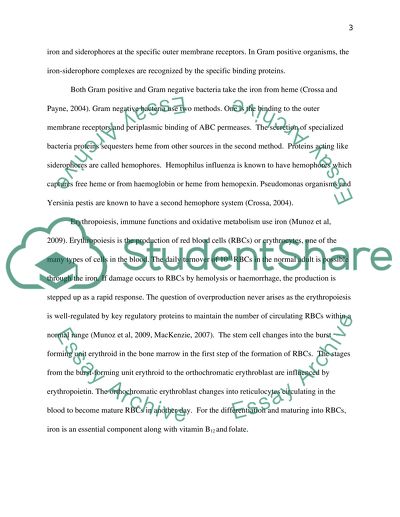Cite this document
(“Chemotherapy and drug drug design Dissertation Example | Topics and Well Written Essays - 4000 words”, n.d.)
Retrieved de https://studentshare.org/health-sciences-medicine/1391958-chemotherapy-and-drug-drug-design
Retrieved de https://studentshare.org/health-sciences-medicine/1391958-chemotherapy-and-drug-drug-design
(Chemotherapy and Drug Drug Design Dissertation Example | Topics and Well Written Essays - 4000 Words)
https://studentshare.org/health-sciences-medicine/1391958-chemotherapy-and-drug-drug-design.
https://studentshare.org/health-sciences-medicine/1391958-chemotherapy-and-drug-drug-design.
“Chemotherapy and Drug Drug Design Dissertation Example | Topics and Well Written Essays - 4000 Words”, n.d. https://studentshare.org/health-sciences-medicine/1391958-chemotherapy-and-drug-drug-design.


